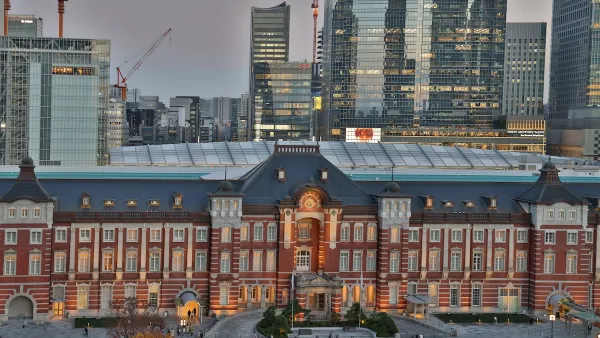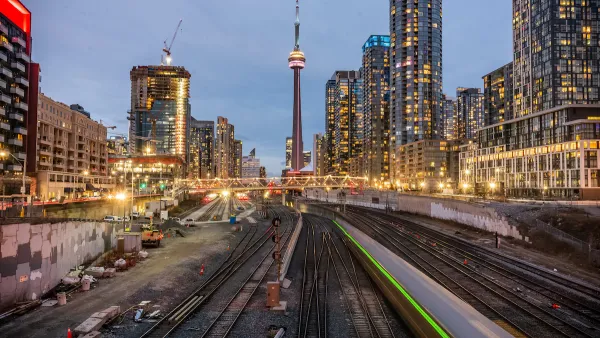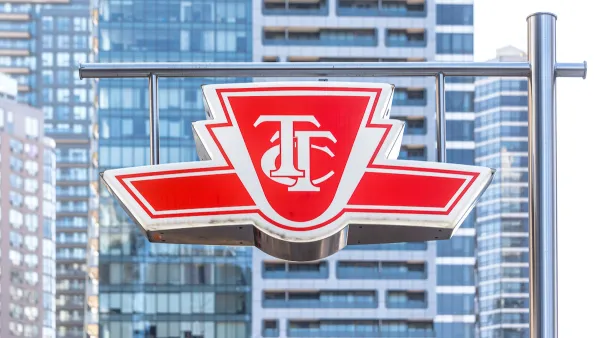While mobile food markets can bring healthy produce to neighborhoods without grocery stores, their current model for driving food around cities is not financially sustainable.
Adele Peters of Fast Co.Exist examines mobile food markets, looking particularly at Mobile Good Food Market, a wheelchair-accessible bus converted into a traveling food stand that brings healthy, fresh food into Toronto's food deserts.
Although it is stocked with fresh fruits and vegetables, the system has a few major shortcomings. For one, the capacity of the bus limits the amount of people who can shop at any given time, inhibiting it from running during the coldest weather. Timing is also a huge factor, as discussed by Debbie Field, the executive director for the organization FoodShare Toronto that runs the bus, "If you're there and you can come for one hour, it's like a needle in a haystack... How do you get there when people are going to be there, so there's enough density, enough people to shop?"
However, Peters writes that the mobile market shows the neighborhood demand, which spurred Toronto residents to start their own community-run markets selling produce bought from FoodShare Toronto. These are generally more successful, as they can be open for several hours a day.
FULL STORY: Why Mobile Markets Aren't Going To Solve The Problem Of Food Deserts

National Parks Layoffs Will Cause Communities to Lose Billions
Thousands of essential park workers were laid off this week, just before the busy spring break season.

Retro-silient?: America’s First “Eco-burb,” The Woodlands Turns 50
A master-planned community north of Houston offers lessons on green infrastructure and resilient design, but falls short of its founder’s lofty affordability and walkability goals.

Delivering for America Plan Will Downgrade Mail Service in at Least 49.5 Percent of Zip Codes
Republican and Democrat lawmakers criticize the plan for its disproportionate negative impact on rural communities.

Test News Post 1
This is a summary

Test News Headline 46
Test for the image on the front page.

Balancing Bombs and Butterflies: How the National Guard Protects a Rare Species
The National Guard at Fort Indiantown Gap uses GIS technology and land management strategies to balance military training with conservation efforts, ensuring the survival of the rare eastern regal fritillary butterfly.
Urban Design for Planners 1: Software Tools
This six-course series explores essential urban design concepts using open source software and equips planners with the tools they need to participate fully in the urban design process.
Planning for Universal Design
Learn the tools for implementing Universal Design in planning regulations.
EMC Planning Group, Inc.
Planetizen
Planetizen
Mpact (formerly Rail~Volution)
Great Falls Development Authority, Inc.
HUDs Office of Policy Development and Research
NYU Wagner Graduate School of Public Service





























